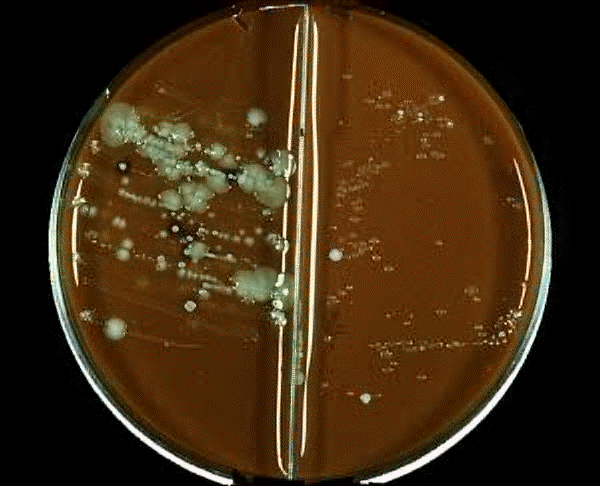-
"For the microbiologic diagnosis
of gonorrhea, culture is necessary for
anti-microbial susceptibility testing, due to the
large numbers of resistant strains.
-
In males, the diagnosis is based upon
Gram staining of a urethral exudate.
-
In females, the normal flora
of the vagina confounds direct diagnosis by Gram stain.
-
Due to the fact that N. gonorrheae is
rapidly killed by drying, the culture plate must
be streaked in the examination room.
-
Ó
1999 KUMC Pathology and the University of Kansas,
used with permission; courtesy of Dr. James Fishback, Department of Pathology, University of
Kansas Medical Center.
|
